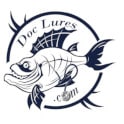Port Phillip Bay Squid
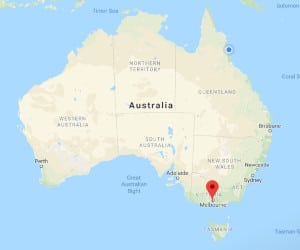
Jesse’s Top Tips For Port Phillip Bay Squid Fishing
- Port Phillip Bay Squid tend to aggregate in patches, so when you catch one, stay in the area as it’s highly likely that there will be more around. Boat anglers should use their electric motor to stay on the spot, while land based anglers need to continue working areas where they catch a squid and resist the temptation to move on.
- Squid jigging is a year round proposition in Port Phillip Bay, but the cooler months are usually the best as they usually bring stable weather with less wind, which improves water clarity. As these are visual predators, water clarity is an important factor when squidding.
- Squid are highly visual and Jesse switches jigs regularly to find which colour and style are working on the day. Using a snap makes jig changes faster and eliminated the shortening of your leader each time a jig is switched.
- Use a firm enough drag setting just firm enough that no slack gets into the line to release a squid (remembering that squid jigs don’t have barbs) . However, squid tentacles can be soft and jigs can easily be pulled out, so don’t overdo the drag.
- Fish along the reef edges and dropoffs, as well as seagrass areas. Squid can be found from one foot to over 10 metres, but 2-6 metres is the most reliable and productive depth range.
- Some water movement helps entice the squid into taking jigs. On bigger tides, fish parts of the bay where there is still water movement, but it’s not too strong. On smaller tides, find areas where there is water movement despite the smaller rise and fall.
- From a boat, daytime is the time when squid are usually targeted. Landbased anglers will do better fishing at night.
- Mix up the retrieve and put in plenty of pauses to allow the jig to sink. It’s important to get the jig down into the bottom 1/3 of the water column. Sometimes sharp rips of the rod tip during retrieving will spur some bites, other times the squid prefer a subtle retrieve. Mix it up until you figure out what’s working.
Jesse’s Best Squid Jigs And Techniques
- Putting the jig well away from the boat or bank will improve your catches, so longer rods are preferred. Jesse uses an 8’6″ Daiwa Emeraldus MX rod, which allows him to cast a long way and to impart a lot of action into the lure. The softer tip cushions shock, reducing the number of squid lost due to the jig pulling.
- A 3000 size Emeraldas reel loaded with 8-10lb Daiwa J Curve braid and a 2m length of 8lb Daiwa J-Thread FC fluorocarbon leader completes the outfit.
Jesse’s Best Squid Jigs And Techniques
- Jesse reckons a Daiwa Emeraldas Nude, size 3 in Pink Ebbi colour is a great starting point when you’re figuring out what’s going to work on the day. It’s his most reliable pattern and the first one he usually ties on the leader.
- If the squid are hesitant in taking the Emeraldas Nude, Jesse will switch to an Emeraldas Stream, which contains rattles and seems to make the squid chase the jig a little harder. Hollow yellow cedar is a good colour choice. Sometimes a natural colour is effective and other times a bright colour works better, so switch around colours until you find what they’re taking.Count the jig down until you have it close to the bottom, then work it back to the boat or bank.
- It’s common to impart hard rips to give the lure action, but Jesse finds that more subtle hops can sometimes work better and suggests trying a few different retrieves until you strike the effective retrieve. Allowing the jig to freefall occasionally helps a lot in getting bites.

Jesse Rotin
Sponsored Angler
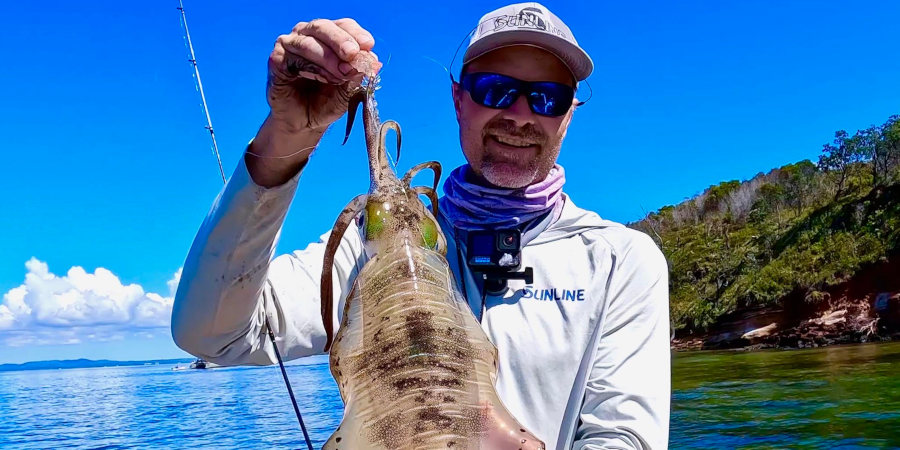
Brisbane Squid Fishing Masterclass With Peter Herbst
Keen to perfect the art of catching quality squid from the shorelines of Moreton Bay? Peter Herbst’s masterclass on Brisbane Squid fishing will arm you with the knowledge you need to do exactly that. Land-based or boat based, everything you need to know is right here.
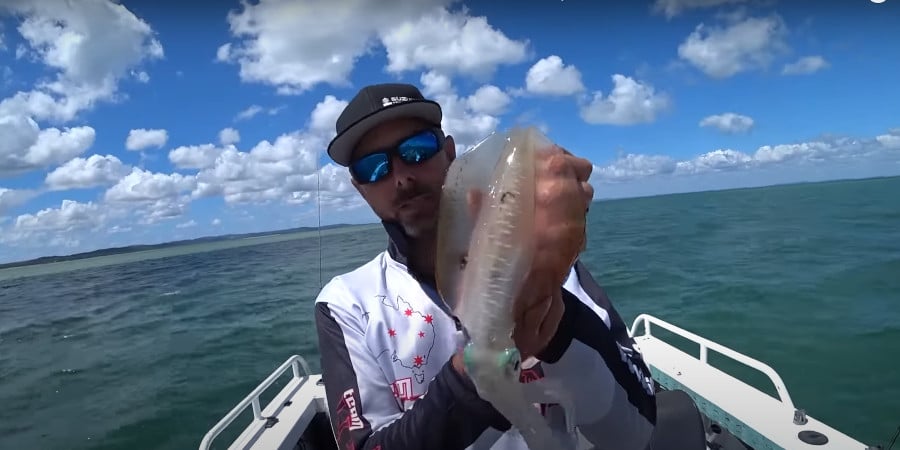
Squid Fishing Masterclass: Trolling Squid In Moreton Bay
Usually trolling isn’t the first technique that comes to mind when we talk about catching squid, but for Greg Lamprecht it’s proven to be a deadly technique.
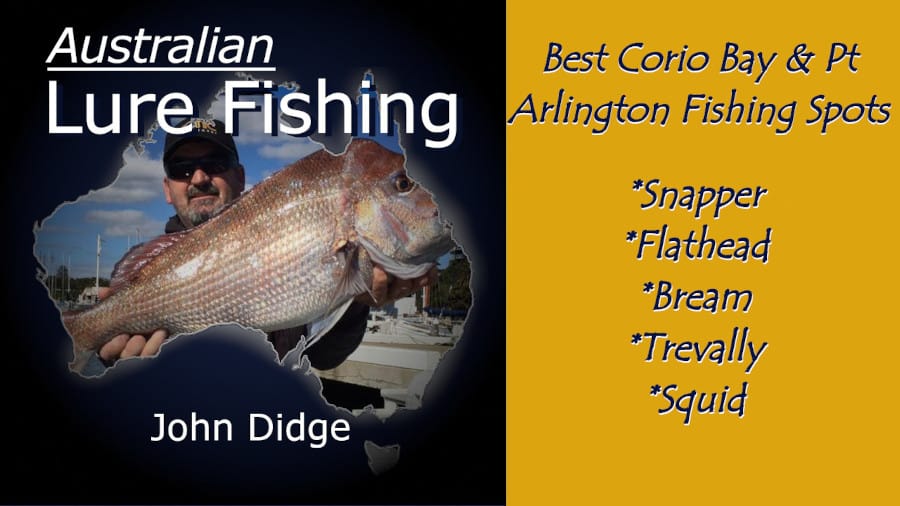
Episode 557: Corio Bay & Geelong Fishing Spots With John Didge
John Didge Radio Personality, Sponsored Angler John has over 40 years experience fishing Corio Bay. He's co-hosted various fishing radio shows for the Geelong region for over 30 years, written articles and presented fishing from stage. John is a soft plastic lure...
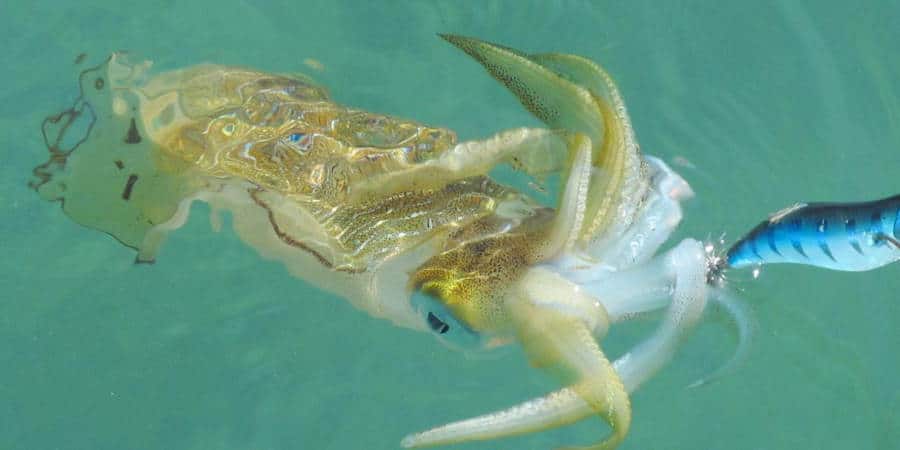
Exceptional Gold Coast Squid Fishing With Clint Ansell
The biomass of squid on the Gold Coast is extraordinary, so for anyone keen on pleasant a day out on the water with a tasty seafood treat at the end is in for a treat! Clinton Ansell is a GC based fishing guide who really knows his way around the squid – and so will you after listening to his interview!
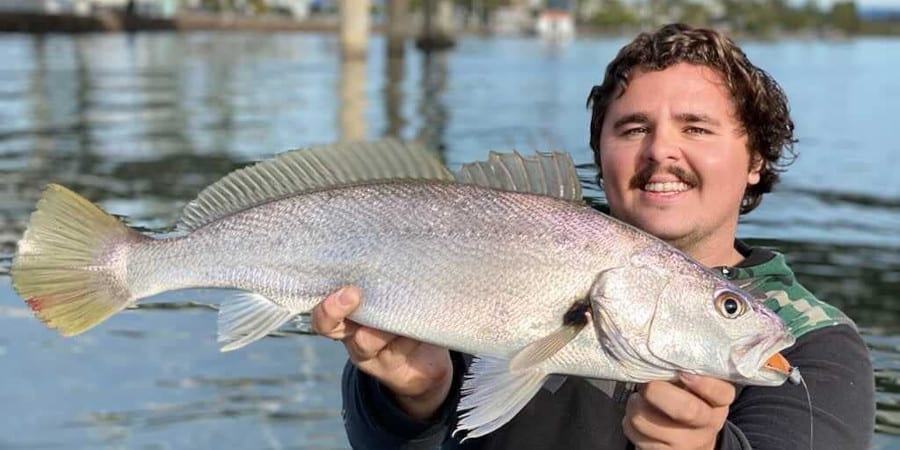
Episode 532: Top Brisbane Landbased Fishing Spots In Winter With Beau Rixon
Brisbane offers an astonishing range of land based fishing options to suit anglers of all skill levels, ranging from the hunble flathead right through to tailor, squid, bass and jewfish. Local fishing tutor and land-based guide Beau Rixon spends a lot of time fishing the area from the shore and teaching others to do the same, so for today’s episode I invited Bea to jump onboard and share some of his favourite land based spots.
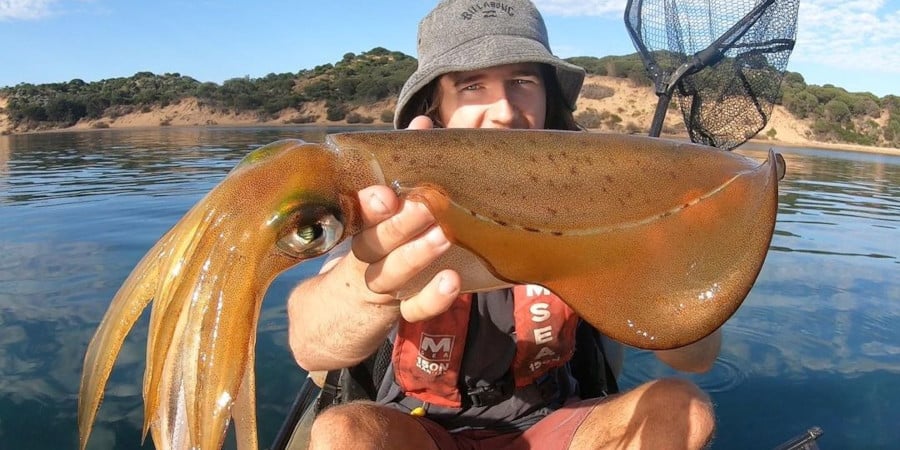
Episode 530: Phillip Island Squid With Nev Hayes
Squid are a great target at Phillip Island at any time of year, but today’s guest, Nev Hayes, reckons the winter months are when the really big squid come out to play. To qualify this statement, he caught a 50cm hood length squid just a week before this interview!

Brisbane Squid Fishing Masterclass With Peter Herbst
Keen to perfect the art of catching quality squid from the shorelines of Moreton Bay? Peter Herbst’s masterclass on Brisbane Squid fishing will arm you with the knowledge you need to do exactly that. Land-based or boat based, everything you need to know is right here.

Squid Fishing Masterclass: Trolling Squid In Moreton Bay
Usually trolling isn’t the first technique that comes to mind when we talk about catching squid, but for Greg Lamprecht it’s proven to be a deadly technique.
